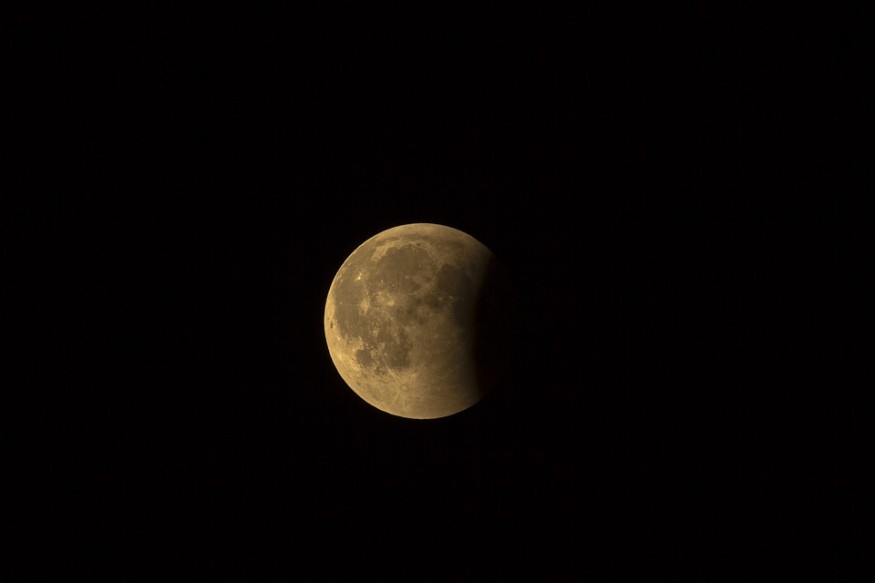Owing to a subsequent lunar eclipse later this month, the second of two supermoons in 2021 will dominate the night sky as a "blood moon."
A blood moon happens after a complete lunar eclipse, when the Earth passes between the Moon and the Sun, blocking all photons from reaching the Moon.

"When this happens, the only light that reaches the Moon's surface is from the edges of the Earth's atmosphere," the space agency explains on its website. "The air molecules from Earth's atmosphere scatter out most of the blue light [while the] remaining light reflects onto the Moon's surface with a red glow, making the Moon appear red in the night sky," NASA added.
The Super Flower Blood Moon, which will peak at around 14 minutes, is the product of this, together with the complete lunar eclipse and the blood moon that results.
Total Lunar Eclipse
According to astronomers at the Royal Observatory Greenwich, a lunar eclipse occurs two to five times a year, with a total eclipse happening every two to three years. If the Earth passes between the sun where the moon, a total lunar eclipse occurs, and the moon is completely covered by the Earth's shadow.
When the eclipse reaches totality, it turns a reddish-brown color. Inverse said the United Kingdom, Europe, South America, North America, and portions of Africa will see the next complete lunar eclipse on May 16, 2022.
Super Blood Moon
The Super Blood Moon, also known as a complete lunar eclipse, will reach its brightest point. Daily Mail said the eclipse will begin at 12:18 BST (4:47 a.m. EST) on May 26, but it will not be visible from the UK due to the moon's position below the horizon. Skywatchers in most of Australia, the United States, and portions of South America, on the other hand, will see the moon turn red for 14 minutes.
Royal Observatory Greenwich said a partial lunar eclipse will occur in November, barely visible from the UK, followed by a complete lunar eclipse in 2022. The Flower Moon is named because flowers are bound to bloom in May while the full moon occurs in that month.
A Blood Moon is a complete lunar eclipse that is more reddish in color than a non-eclipsed moon, like the one seen in the United States next week.
Where The Super Blood Moon Will Be Detectable
A Super Moon occurs when the Moon is full and at its closest position to Earth in its not fully circular orbit. A Super Blood Moon occurs when a Super Moon coincides with an eclipse. According to the Daily Advent, the full term of this moon is a Super Blood Flower Moon. People in Australia, western parts of Southeast Asia, and South America should be able to see the eclipse. It would be visible from most parts of the United States, too.
During the eclipse, the Super Flower Moon will turn red for 14 minutes, beginning at 12:18 BST (07:18 ET). This would happen a few hours after the moon reaches perigee, which is the closest point in its orbit to Earth, giving it the appearance of a full moon. The moon will be below the horizon as the eclipse happens, which will be disappointing for everyone in the UK.
Check out more news and information on Space on Science Times.











